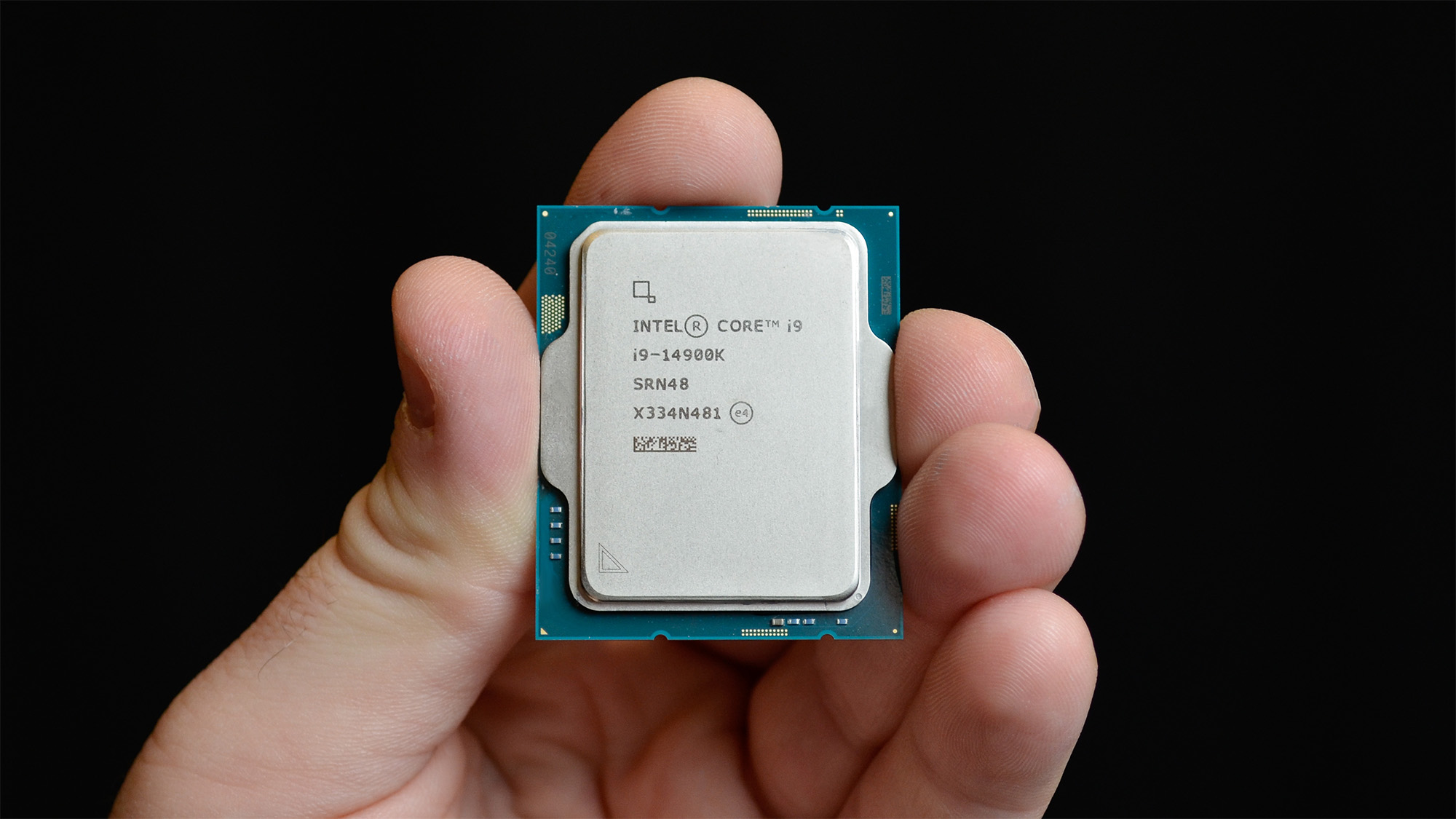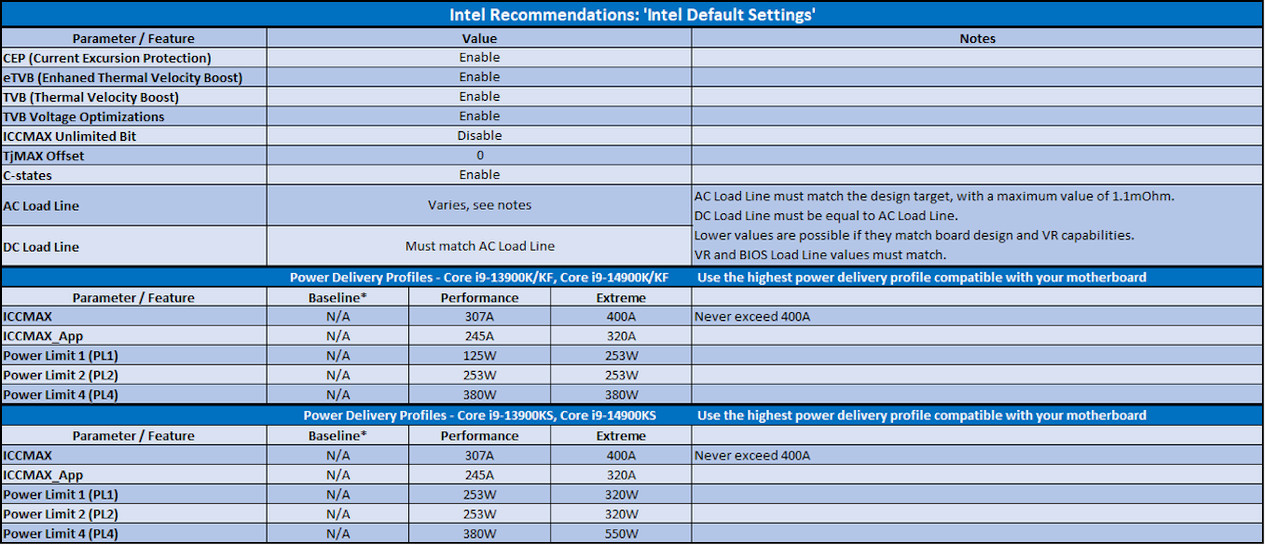
Intel has finally come forward with a statement regarding the problems with its high-end 13th-gen and 14th-gen processors that are experiencing stability issues and crashing while gaming for some CPU owners.
Didn’t Intel already release an official statement? Not for consumers – we’ve just heard the chatter relayed to hardware partners – but now, we have that advice directly delivered to the affected buyers of these Core i9 Raptor Lake Refresh and Raptor Lake CPUs.
It’s a bit of a ramble, so get your hiking boots on, and take a wander through the supplied paragraphs.
Intel tells us (via Tom’s Hardware): “Several motherboard manufacturers have released BIOS profiles labeled ‘Intel Baseline Profile’. However, these BIOS profiles are not the same as the ‘Intel Default Settings’ recommendations that Intel has recently shared with its partners regarding the instability issues reported on 13th and 14th gen K SKU processors.
“These ‘Intel Baseline Profile’ BIOS settings appear to be based on power delivery guidance previously provided by Intel to manufacturers describing the various power delivery options for 13th and 14th Generation K SKU processors based on motherboard capabilities. Intel is not recommending motherboard manufacturers use ‘baseline’ power delivery settings on boards capable of higher values.
“Intel’s recommended ‘Intel Default Settings’ is a combination of thermal and power delivery features along with a selection of possible power delivery profiles based on motherboard capabilities. Intel recommends customers implement the highest power delivery profile compatible with each individual motherboard design as noted in the table below.”
So, there you have it. Want the translation distilled into a much shorter version? Here goes: ‘You know those recommended ‘baseline’ power settings outlined by your motherboard maker recently? Don’t use them, use the Intel ‘default’ settings as detailed in the below table.’

Analysis: Motherboard matters
The long and short of it seems to be that Intel is advising against those recommended ‘baseline’ settings because motherboard makers have taken things too far, and pulled back the power settings too much (resulting in a notable performance loss as we’ve seen in some cases).
Team Blue is instead recommending default settings for those with lower-end motherboards, but as Tom’s notes, that isn’t the case for premium boards. High-end motherboards can be pushed harder, as they have the components, build quality, and wherewithal to take it – which is why Intel advises the use of the “highest power delivery profile compatible with your motherboard.”
This means you can run with the Performance or Extreme (faster, but more power-guzzling) profiles on premium motherboards, but for those with a bog-standard effort, stick to the recommended Intel default (not the ‘baseline’ which goes too far in taming power usage, seemingly).
Confused? Well, some folks might well be. For those with said premium motherboards, the above table spells out the settings you need if you want to tune things manually.
Those who are less tech-savvy, though, probably won’t want to be fiddling about in a BIOS trying to get these various settings right. That said, anyone with a top-end motherboard and Core i9 CPU is going to be a PC enthusiast comfortable with that sort of thing, most likely, but still – we shouldn’t make blanket assumptions.
All this has been a rather frustrating affair, but ultimately, if you’re still not sure about what to do with your Core i9 processor, stick to the mentioned default profile, and take a better safe than sorry approach.
While Intel has pretty much laid the blame firmly at the doors of motherboard makers for these problems, the chip giant never actually clarified whether any other factors are at play here. We assume not, or at least that’s inferred.
Neither have we got any kind of apology – which given the blame game apparently being played perhaps isn’t surprising. But at the very least, we’d like a bit of a ‘sorry for the delay’ for how sluggishly this messaging has been in getting through to consumers.






